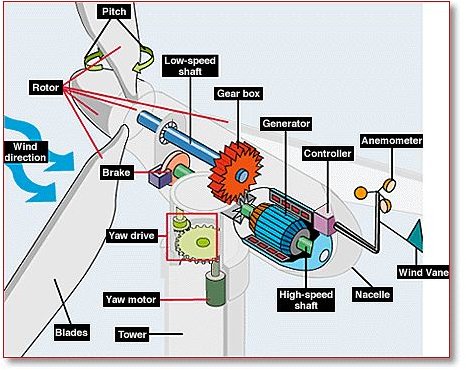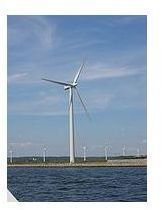An Urban Wind Turbine Energy Breakthrough
Urban Wind Turbines
As the fall of the economy continues to impact everyone, major states with large cities, like New York, have turned to wind turbine energy to power businesses, apartments, and homes. This major improvement of natural, clean energy has proven to provide wind power for homes, reducing the annual cost of energy.
Beginning of Wind Turbines
In around 200 BC, Persia was known to be using wind powered machines. It wasn’t until 1888, when a man named Charles F. Brush built the first one to touch down in American soil. He had built it in Cleveland, Ohio.
Today, many can be seen in the rural parts of the world powering farms, or supplementing energy companies’ power supply. They are manmade beasts, standing from 30-60 meters tall, with blades with lengths from 20-40 meters. They are usually painted light grey in order to blend in with clouds, and obtain a flashing red light for airplanes to see them.
Urban Wind Turbines
These giant creations are not the ones being found in compact cities. There are newly created urban wind turbines, which are much smaller and look very similar to in-house fans. These new creations can be expected to produce one-kilowatt of power, which with multiple running, it would be able to power all the interior common area lights, like elevators, stairwells, hallways and surrounding building lights. They also are different as they do not give power to the energy companies; rather give power directly to the homes that have

purchased them.
Costs and Benifits
Wind turbine energy is not a new source of energy at all, but its integration into the city lifestyle has great effects on prices of living. Many housing units, called “affordable living facilities” are found trying to incorporate them into their buildings, with backup power sources in case there is no wind. The wind turbine costs about $10,000 for a small residential wind generator turbine, but is supposed to be able to cut annual energy costs up to $1,200. It has been known for these turbines to be able to power one-half to two thirds of a three to four bedroom house.
Urban wind power turbines are suppose to be able to drop prices of bigger buildings, like the ones seen along the New York skyline, up to half the amount of the original bill. This will make the cost of living substantially less than it used to be.
The only problem is the large initial cost of these urban wind turbines. Ranging from $8,000-$12,000, they are surely a large investment. In this type of economy, it may be hard for people to cough up that kind of money. The benefit, however, is the amount of money you will save over time. In just a couple years, the urban wind turbine will have paid itself off, but numbers show it does not affect anyone’s decision to rush into buying one.
New York has offered to cover half of the cost for the initial installment of the turbines; however, there is hardly anyone taking advantage of the discounted price. Just recently, the government has offered a 30% tax break, with a cap of $4,000, in hopes to generate a bigger desire to turn to wind power for homes.
Some Current Disadvantages
There are also many disadvantages to these newly created urban wind turbines. They must be raised high above the ground, as they will not work close to the surface of the earth. City buildings usually prevent large gusts of wind to pass through the city, limiting the amount of power these urban wind turbines generate. They also vibrate, which may cause wear and tear on the weaker buildings and homes who decide to invest in them. The wind powered turbines must be placed in a spot to get wind from multiple directions, in order to always be creating power.
Promising Future
These urban wind turbines are still being worked on and constantly having new breakthroughs, but one thing is certain, once the bumps in the creation of wind powered sources of energy are fixed, many people can expect to see more fan-like turbines spinning on top or urban houses and buildings!
Source of Initial information:
